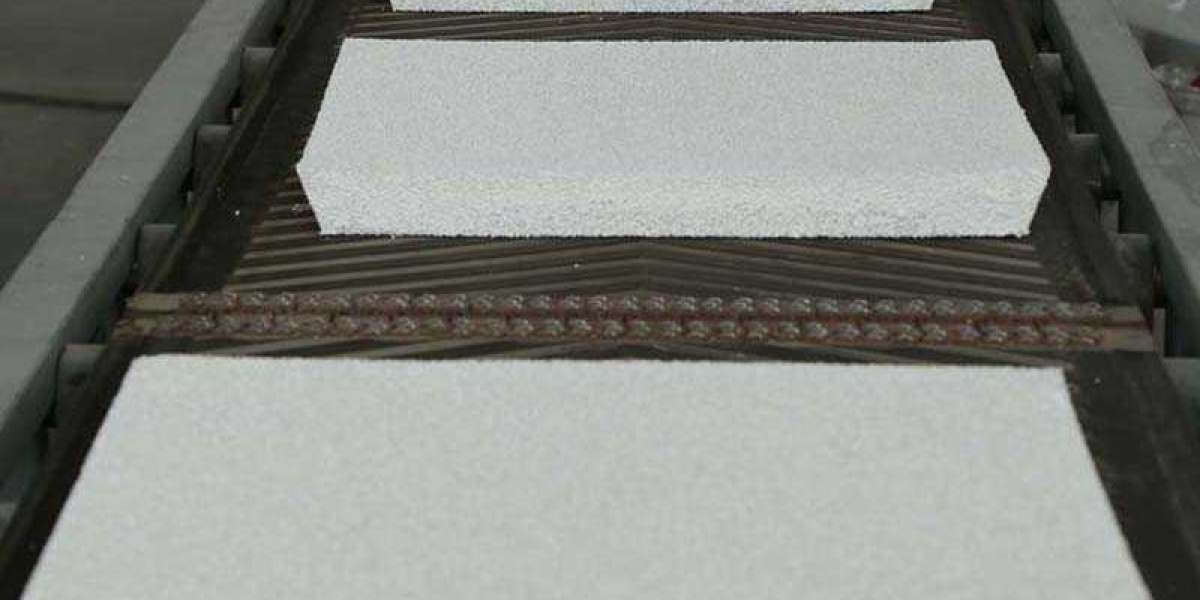porous ceramic filter can effectively remove large inclusions in the aluminum liquid, and adsorb micron-sized particles of fine inclusions to improve the surface quality and product performance.
It can increase the compression and sealing performance of the aluminum ingot and aluminum rod, enhance the elongation and tensile strength, improve the surface finish of the casting, improve the fluidity of the molten metal, and increase the filling capacity and feeding capacity of the casting.
The smelting of aluminum alloy is an important part of the aluminum alloy processing process, which is reflected in the alloying, purification and refinement processing technology of the smelting process.
The removal of non-metallic inclusions in the aluminum alloy melt by using the flux treatment in the furnace and the ceramic foam filter outside the furnace has long become an important method for the purification of molten aluminum.
The application of porous ceramic filters in China’s aluminum processing industry has been popularized. There are two main modes of application in the purification of deformed aluminum alloy melt.
The ceramic filter plate is replaced every time it is cast. Nowadays, some aluminum processing plants add a trough-type online deaerator before filtering to improve the purification effect.
2. In the continuous casting and rolling line, the replacement cycle is determined according to the pressure difference between the front and back of the ceramic foam filter plate.
As for the size of the filter plate to be selected, it is determined according to the unit time flow rate of the molten aluminum and the total amount of the molten aluminum.
The choice of foam ceramic filter plate with a large number of meshes and pores is determined according to the cleanliness requirements of the final molten aluminum. The higher the cleanliness requirements of the molten aluminum, the smaller the selected pore size.
Foam ceramic filtration and purification is the last process of aluminum liquid purification. Before this process, flux spraying refining or online rotary degassing treatment has been used, so the unremoved impurity phase-hydrogen particles in the aluminum liquid are more fine and dispersed.
How to promote the accumulation of impurities and hydrogen adsorption in the foam ceramic filtration is particularly important. The mechanical interception of the foam ceramics alone can no longer achieve outstanding results.
Quality requirements: castings must not have defects such as pores, slag inclusions, shrinkage holes, cracks, shrinkage porosity, etc., water pressure 0.3MPa, pressure test for 15 minutes, and no leakage.
The casting was imported from Europe and America because the quality of the casting could not be guaranteed before trial production by our company.
Through many production tests, the process technology plan was changed, and the related technical problems were successfully solved.








